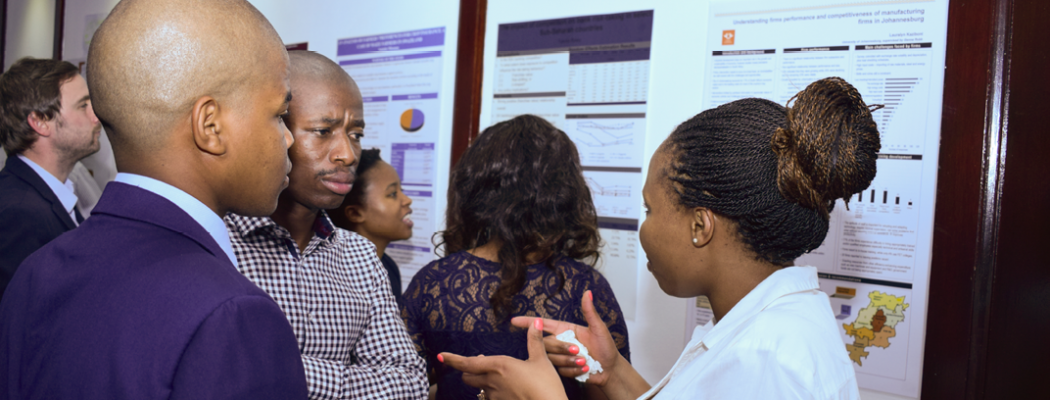The gender wage gap in South Africa
The attainment of financial independence by women holds significant importance for women’s empowerment and has implications for the increasing prevalence of female-headed households in the country. Previous estimates of the gender wage gap in South Africa have relied on self-reported surveys, which may not accurately represent the income distribution due to underrepresentation of the upper tail and potential misreporting. To address these limitations, we use administrative tax data to estimate the income differential by gender within the formal economy from 2008 to 2021. Our findings reveal a widening gender wage gap over time. In 2008,women earned approximately 89 cents for every ZAR1 earned by men, whereas by 2021, this ratio decreased to 78 cents. Notably, the highest degree of inequality by gender is observed in the lower tail of the income distribution. However, when examining the high-skill sector exclusively, the income differential is largest at the 90th percentile of the conditional income distribution. Furthermore, within this high-skill industry, women are more likely to occupy lower-paid positions. Our findings suggest that efforts focusing on low-income categories and improving the representation of women in senior management might reduce the income disparity by gender.

